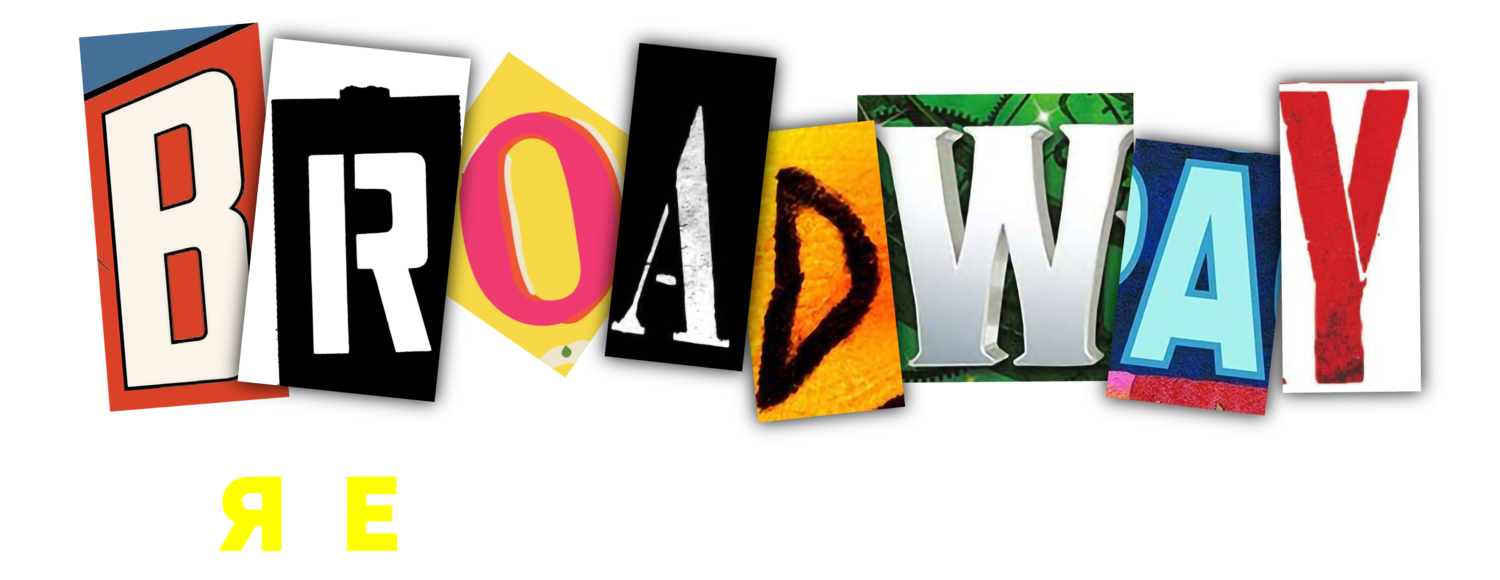Gender Misrepresentation on Stage
Student #1:
Gender misrepresentation in musical theatre began arguably at the beginning of the genre itself, and although it has been acted upon in some form, it is still prominent and is still influencing its audiences. The best way to combat misrepresentation is to start with representation behind the scenes. Female representation offstage will be reflected in the characters and storyline shown onstage. A female writer would not knowingly insert misogynistic themes into her show, as would hopeful most male writers, but the biggest issue is the implicit bias that is often not done on purpose. A male writer may unconsciously add sexist tropes or characters without knowing that they are in fact, bigoted, just because of this unknown prejudice that they have.
This is not an issue with female writers.
The same goes for directors. Having female directors and writers would also mean that there would be more women-centered stories, or at least important and empowered female characters. A male director or writer may have a story with an entirely male main cast or crew and would find no issue in this, but a female director or writer wouldn’t, she would fix the issue. Another way to fix this gender misrepresentation is to educate audiences of the bias in musical theatre against women. Although many audience members may be aware of the disparity of women-centered stories or female directors and writers, many have no idea that in this feminist era, misogyny is still perpetuated by the lack of these stories and crew members. Educating audiences could make them do more research into what they are watching, and choose to support shows that have more gender equality both on stage and in the wings.
This doesn’t mean that it is the audience’s responsibility to force creative teams to do work they already should be doing. All male creative teams should be a thing of the past, but they are all too common in modern theatre. This perpetuation of misogyny is also the fault of the awards shows, like the Tony Awards, which do not always nominate women-centered shows. These people need to be held accountable for their part in extending the life of sexism in theatre. This is one of the first, and easiest steps in fighting this gender misrepresentation. Combating and eventually ending gender misrepresentation onstage is a difficult, long process that unfortunately does not have a quick fix. T
he help of not only those in the industry but also of the audiences is essential if we want to reach our final goal:
To make the theatre a welcoming, inclusive environment where all are represented and acknowledged.
Student #2:
What can we do to change gender misrepresentation onstage?
I think this question has many solutions, but it’s also hard to think of what they would be. When discussing gender misrepresentation, I think it’s important to mention who is causing these faults. As we know, men run most of the world, but specifically in musical theatre, men are a huge part of every aspect of how it’s run. In shows today, women are still seen as submissive; only important to the male lead. Many women love shows where the focus is on a man, and the female “leads” follow this pattern of being submissive and only necessary to the plot to support the man. And I think a lot of women don’t realize that these shows are misogynistic, or that women are being misrepresented because misogyny is so ingrained in our society. Because of that, I think the most important thing we can do is to educate women and men on creative teams, casts, and pretty much every role in the musical theatre industry.
Also, it would be valuable to tell the men who work on the creative teams in Broadway how their stories and direction have affected women. They might have an implicit bias too, so they need to do some serious change. It’s important that everyone knows the issues within the community, and specifically that men know what’s going on. It’s not only important to educate the people who work in the industry, but also the audiences.
Another way to change how women are represented in musical theatre is to hire more women on creative teams. This will give the shows a female perspective, which is necessary when dealing with shows that dress women’s lives. I think we need to get the old, white men who “own” Broadway out of the industry. They’ve had their time to shine for many decades, and it’s time for women to take the spotlight.
